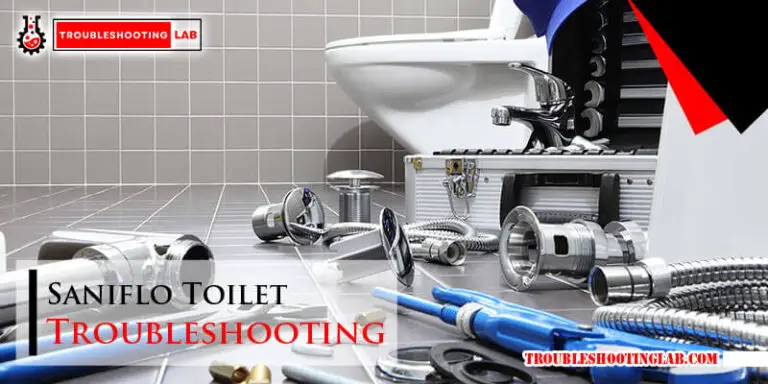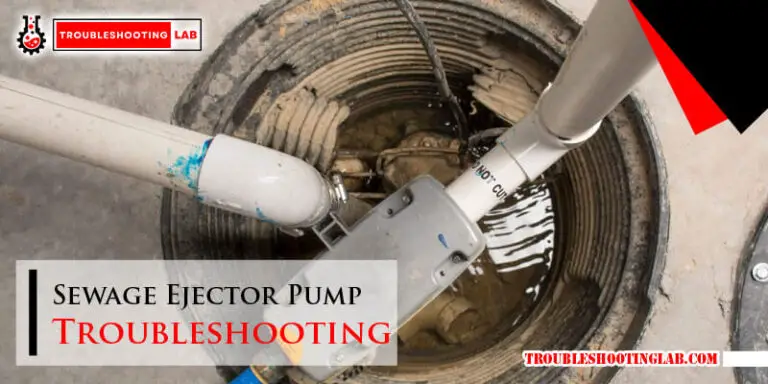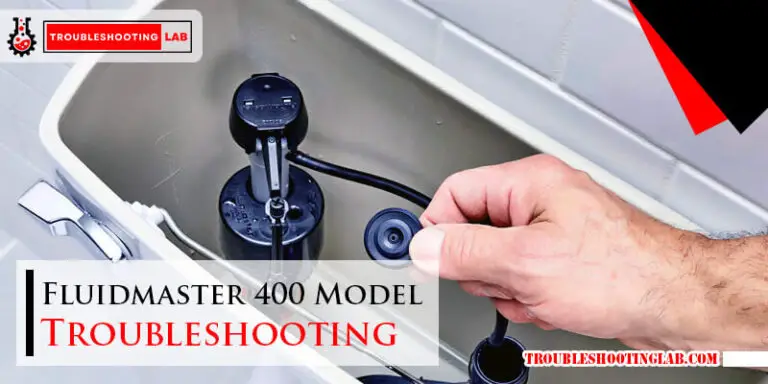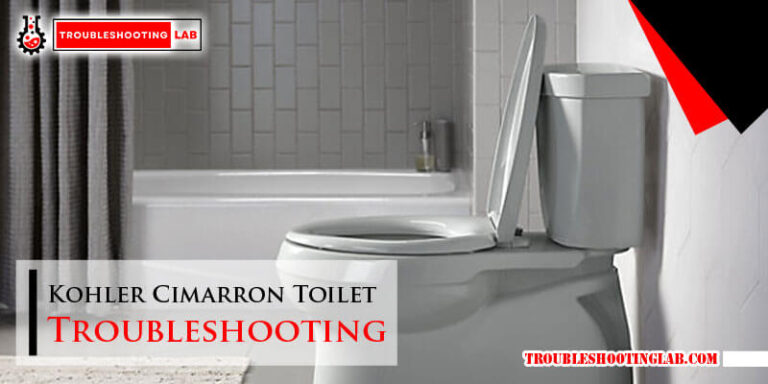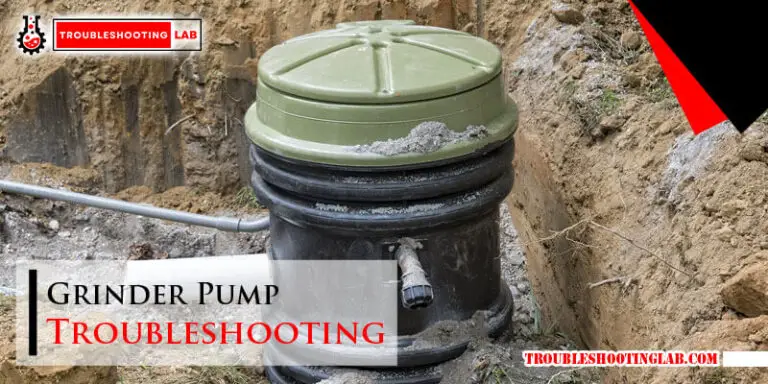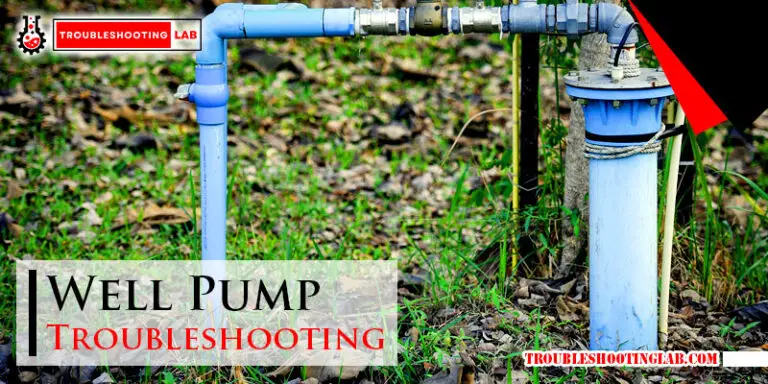Upflush Toilet Troubleshooting: Quick Fixes for Common Issues
Troubleshooting an upflush toilet involves checking for clogs, power issues, and proper maintenance. Quick resolution can prevent overflows and maintain hygiene.Upflush toilets offer a versatile solution for adding a bathroom to spaces where traditional plumbing might be challenging. They use a macerator and pump system to move waste to your sewer line. This technology is particularly useful in basements, lofts, or any area below the main sewer line.
Unlike conventional toilets, upflush systems can experience unique issues such as jamming or motor failure. Regular maintenance can help avoid these problems, ensuring the unit operates effectively. Understanding the mechanics behind your upflush toilet is key to quick diagnosis and repair. With their increasing popularity, knowing how to troubleshoot these compact, efficient systems is invaluable for homeowners looking to maximize their living space.

Introduction To Upflush Toilets
An upflush toilet system is a smart solution for areas without traditional plumbing. It allows for a bathroom addition almost anywhere. Below, let’s explore what makes these toilets stand out and their benefits.
What Makes Upflush Toilets Unique
Upflush toilets differ from standard toilets. They use a macerator and a pump. This system grinds waste and pumps it upward. It’s perfect for basements or other spaces below the sewer line.
Benefits Of Installing An Upflush Toilet
- Versatility: Install them in any room with a water supply.
- Cost-effective: Save money on expensive plumbing work.
- Easy to install: Set up quickly with basic tools.
- Space-saving: Their compact design fits tight areas.
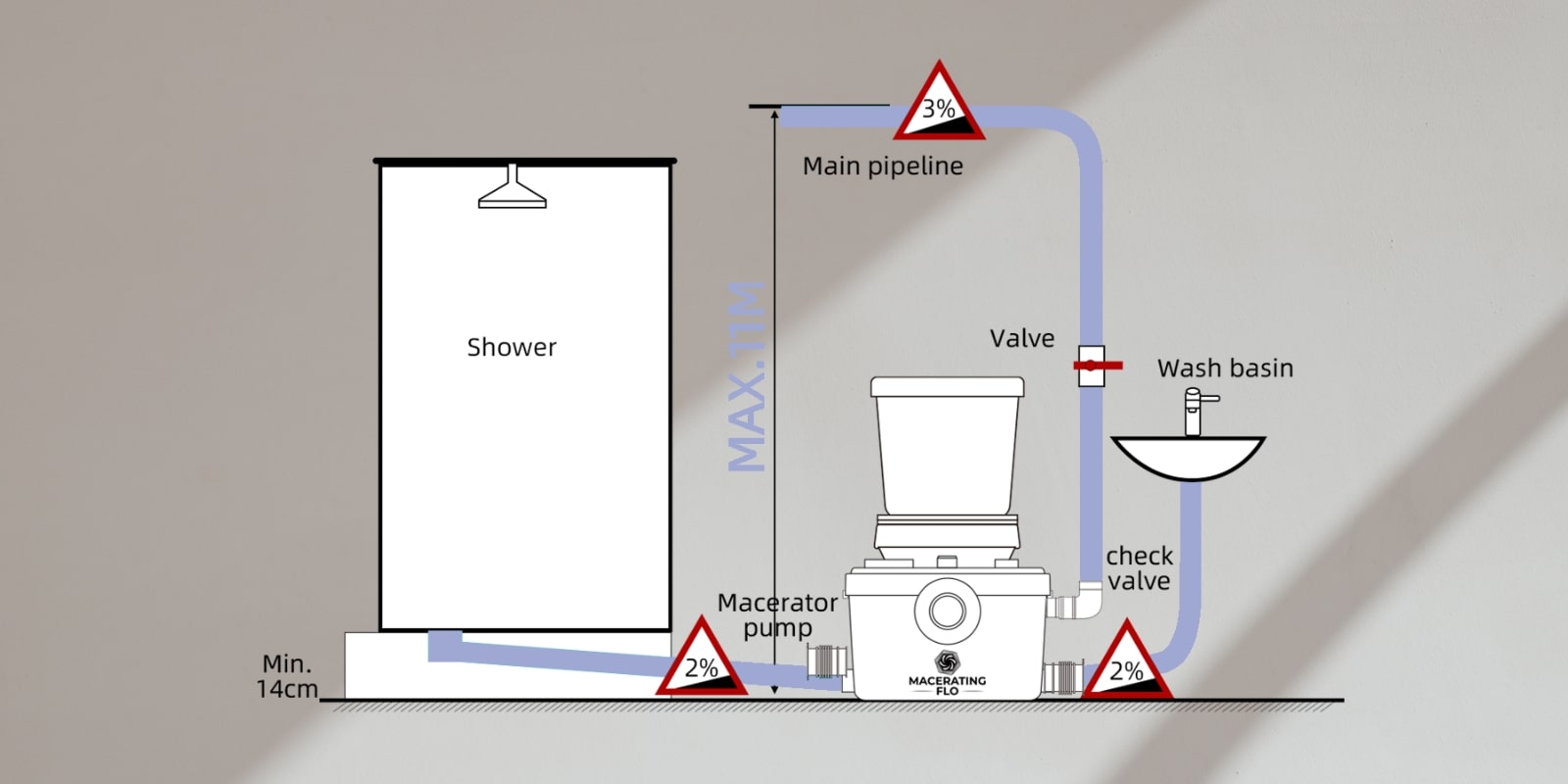
Identifying Common Upflush Toilet Issues
Upflush toilets are great for basements and places without traditional plumbing. But, like all toilets, they can have issues. Knowing common problems helps fix them fast.
Symptoms Of Malfunction
Several signs indicate your upflush toilet needs attention. Look out for:
- Strange noises – Gurgling or humming can mean trouble.
- Slow flushing – If it’s taking longer, something’s wrong.
- Bad smells – Unpleasant odors can suggest a blockage.
- Water on the floor – Leaks should never be ignored.
These symptoms can point to clogs, motor issues, or other problems.
When To Seek Professional Help
Some toilet troubles need an expert’s touch. Call for help if you see:
- Continuous motor running – It can burn out the motor.
- Repeated clogs – A sign of deeper issues.
- Leaks inside the unit – These can damage your home.
Professional plumbers can save time and prevent more damage.
Clogged Macerator Or Pump
Dealing with a clogged macerator or pump in your upflush toilet can be a messy affair. These issues disrupt the seamless operation of your bathroom facilities. Understanding how to tackle a clog and adopting preventive measures is crucial for the longevity of your upflush system.
Steps To Unclog
Follow these simple steps to address a clogged macerator or pump:
- Turn off the power to the unit. Safety comes first.
- Access the macerator or pump. This may involve removing a cover.
- Check for visible blockages. Remove any debris you find.
- Use a plunger. Apply gentle pressure to clear the clog.
- Consider a plumber’s snake. This tool reaches deeper clogs.
- Reassemble the unit. Ensure everything is back in place.
- Restore power. Test the system for proper function.
Preventive Measures
Prevent future clogs with these tips:
- Avoid flushing heavy paper products. Choose septic-safe tissue.
- Keep non-flushable items out. This includes feminine products and wipes.
- Regular maintenance is key. Schedule checks for optimal performance.
- Use enzyme cleaners. They help break down waste naturally.
Motor Problems
Upflush toilets rely on a powerful motor. This motor pushes waste to your sewage line. When issues arise with the motor, the entire system can fail. Understanding how to troubleshoot motor problems is crucial. It keeps your upflush toilet running smoothly. Here’s how to identify and address motor issues.
Troubleshooting The Motor
Begin by unplugging the unit. Safety comes first. Check for obstructions around the motor. Clear any debris you find. Listen for unusual noises when the motor runs. These sounds can signal a problem. Ensure the motor isn’t overheating. A hot motor may need professional attention. Test the power supply to the motor. Use a multimeter for accuracy. If the motor does not respond, it may need replacing.
Signs Of Motor Failure
Strange sounds from the toilet can mean motor trouble. Humming or grinding noises are common signs. A motor that won’t start points to failure. Frequent resets may also indicate a failing motor. Another sign is a motor that overheats quickly. If the toilet fails to flush, the motor might be the culprit. Pay attention to these signs to prevent full system failure.
Electrical Issues
Dealing with electrical issues in upflush toilets can be tricky. These problems may stop the system from working right. Let’s learn how to fix them.
Resetting The Electrical System
To fix electrical issues, sometimes a simple reset helps. Follow these steps:
- Turn off the power at the main breaker.
- Wait for 10 minutes.
- Turn the power back on.
This may get your upflush toilet working again.
Checking For Electrical Faults
If a reset doesn’t work, check for faults. Use these tips:
- Check the plug: Make sure it’s in right and tight.
- Look at the wires: No cuts or bites should be there.
- Test the outlet: Use a tester to see if it has power.
These steps help find where the problem is.
Venting Challenges
Upflush toilets are innovative solutions for below-grade bathrooms. Yet, they come with unique venting challenges. Proper ventilation is crucial for these systems to function effectively. Improper venting can lead to slow flushing, gurgling sounds, and unpleasant odors. Let’s dive into common venting issues and their solutions.
Ensuring Proper Ventilation
An upflush toilet needs a well-designed vent system. This prevents vacuum conditions that hinder flushing. Check local codes for vent size and placement requirements. A typical vent size is 1.5 to 2 inches in diameter. Ensure it rises vertically from the toilet unit. It should connect to the main vent stack of your home.
Solving Vent Blockages
Blockages in the vent can disrupt toilet operation. Look for debris or nests in the vent opening. A blocked vent can cause slow flushing and water backup. Regularly inspect and clean the vent to prevent issues. Use a plumber’s snake or a vacuum to remove obstructions. Ensure the vent cap is secure to keep out pests and debris.
| Problem | Solution |
|---|---|
| Slow flushing | Check vent for blockages |
| Gurgling sounds | Ensure vent size is adequate |
| Unpleasant odors | Verify vent placement and connection |
Remember to consult with a professional if venting issues persist. Regular maintenance ensures your upflush toilet works efficiently.
Toilet Leaks And Seals
Dealing with a leaky upflush toilet can be tricky. Yet, understanding common issues with toilet leaks and seals is crucial. This guide provides clear steps to fix leaks and replace worn seals.
Fixing A Leaky Toilet
Identify the source of the leak first. Check the connection points and the tank. If the leak is at the base, the issue might be with the seal.
- Turn off the water supply to the toilet.
- Flush the toilet to drain remaining water.
- Inspect the tank and bowl for cracks.
- Tighten any loose bolts, but do not over-tighten.
- Test for leaks by adding dye to the water tank.
If these steps don’t stop the leak, consider replacing the seals.
Replacing Worn Seals
Over time, seals can wear out, leading to leaks. A worn seal requires prompt replacement.
- Disconnect the water supply and drain the toilet.
- Remove the toilet to access the seal.
- Clean the old seal area thoroughly.
- Install a new seal as per manufacturer instructions.
- Reinstall the toilet and reconnect the water.
- Test the toilet to ensure the leak is fixed.
Always use the right seal type for your upflush toilet model.
Unpleasant Odors
When it comes to upflush toilets, unpleasant odors can be a nuisance. These smells can turn a comfortable space into an uncomfortable one quickly. Pinpointing the cause is the first step to freshening up your bathroom.
Finding The Source
Identifying where the smell originates is crucial. Common sources include:
- Waste pipes
- Toilet seals
- Vent stacks
Check these areas first for any signs of leakage or damage. A broken seal or a clog in the vent stack often leads to bad smells. Inspect carefully to find the issue.
Eliminating Odors
Once the source is found, eliminate the odor with these steps:
- Clean the area thoroughly.
- Replace damaged seals or pipes.
- Ensure proper ventilation.
- Use enzymatic cleaners to break down waste.
Regular maintenance and cleaning prevent odor buildup. For persistent problems, contact a professional plumber.
Routine Maintenance Tips
Keeping your upflush toilet running smoothly requires routine maintenance. This guide provides easy tips to prevent common issues. Follow these steps to ensure your upflush toilet operates at its best.
Regular Cleaning Schedule
A clean upflush toilet is a happy one. Dirt and grime can cause blockages. A regular cleaning schedule keeps these problems away. Use gentle cleaners to avoid damaging parts. Focus on the bowl, tank, and macerator unit. Remember, a clean system reduces repair needs.
Inspection And Part Replacement
Over time, parts wear out. Inspect your upflush toilet every six months. Look for signs of wear in valves, seals, and the macerator. Replace parts as needed. This prevents sudden breakdowns. Keep spare parts on hand for quick fixes.
With these maintenance tips, your upflush toilet will stay in top shape. Prevent major issues before they start with regular care.
Frequently Asked Questions
What Causes Upflush Toilet Malfunctions?
Common causes include clogs in the macerator or plumbing, electrical issues, or improper maintenance.
How Do I Unclog An Upflush Toilet?
To unclog an upflush toilet, turn off the power, dismantle the macerator unit, and remove the obstruction carefully.
Can I Repair Upflush Toilets Myself?
Simple repairs like unclogging or resetting the unit can often be done at home; complex issues may require a professional.
Why Is My Upflush Toilet Not Flushing?
A non-flushing upflush toilet could be due to power loss, a tripped circuit, or a jammed macerator.
How Often Should Upflush Toilets Be Serviced?
Regular servicing is recommended annually to ensure optimal performance and to prevent potential problems.
Conclusion
Navigating the complexities of upflush toilet issues can be simpler than expected. With the right approach and understanding, most problems are manageable. Remember, regular maintenance and prompt attention to signs of trouble can prevent larger issues. For more detailed solutions, consider consulting a professional.
Keep your upflush system in top shape and enjoy the convenience it offers with peace of mind.

